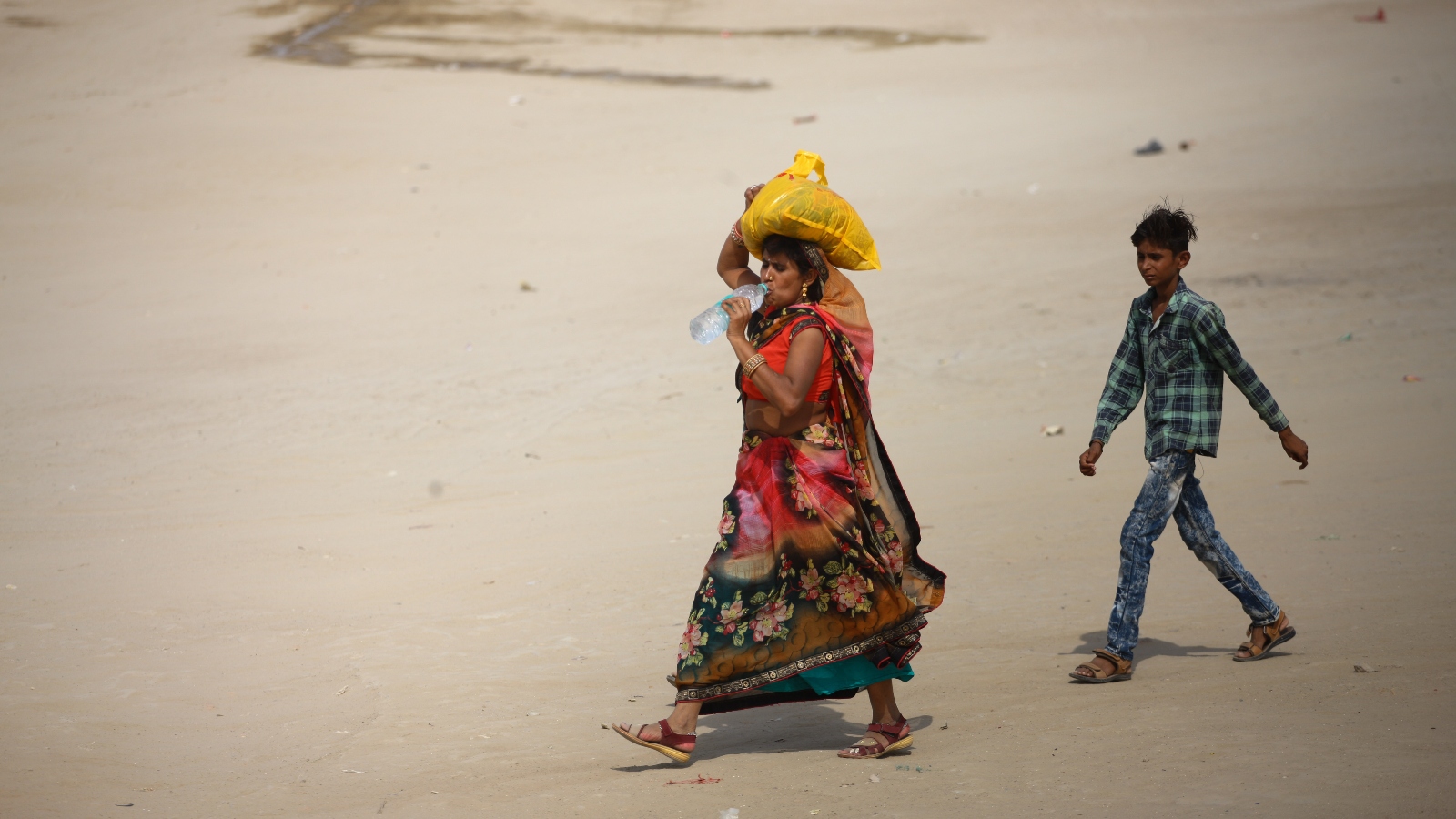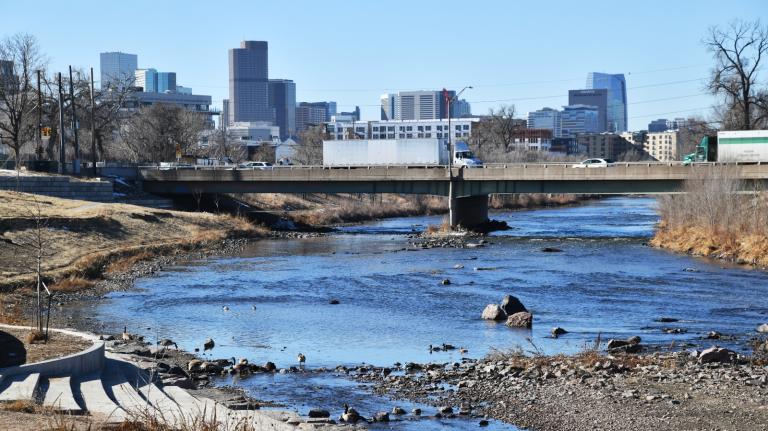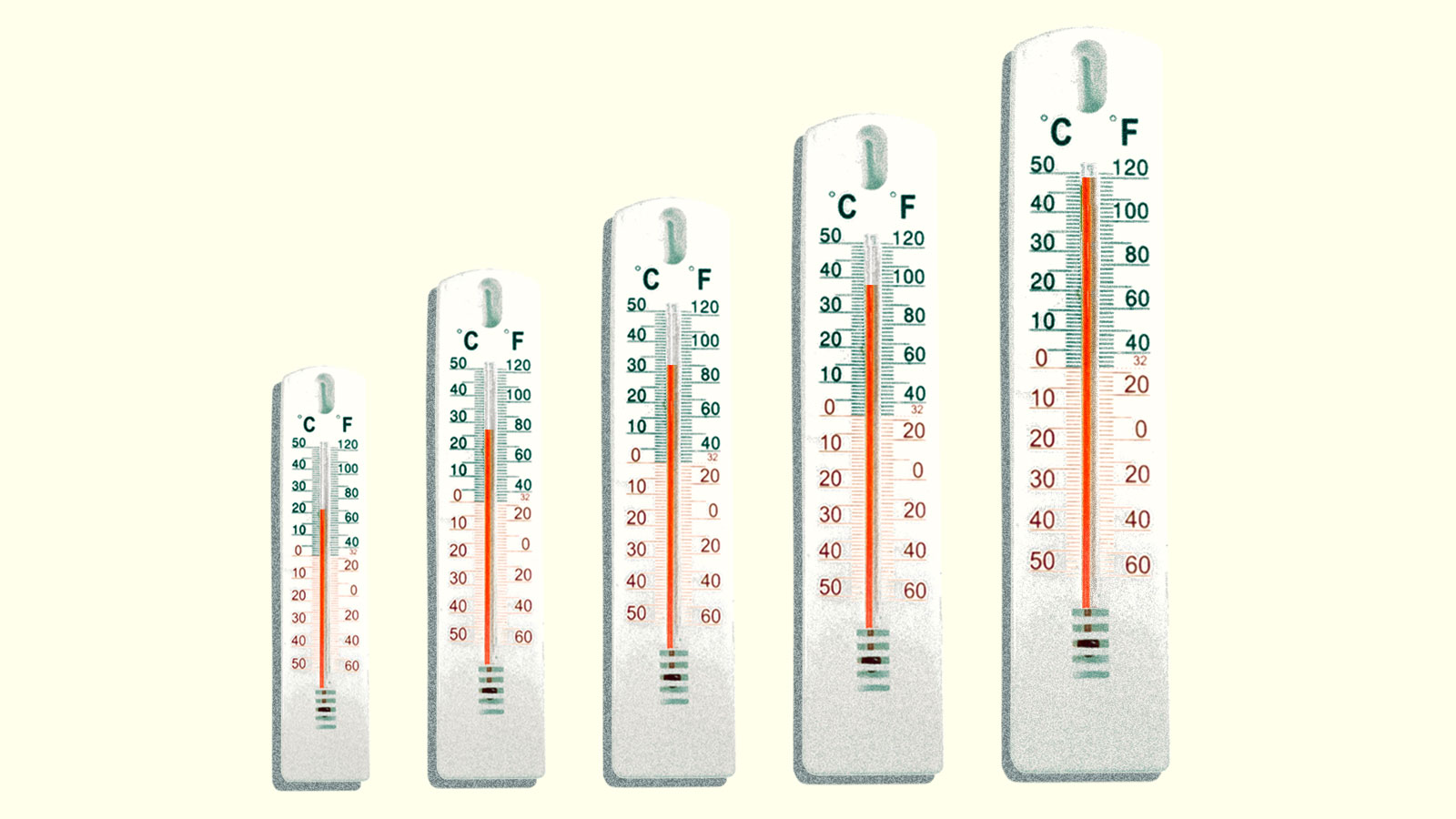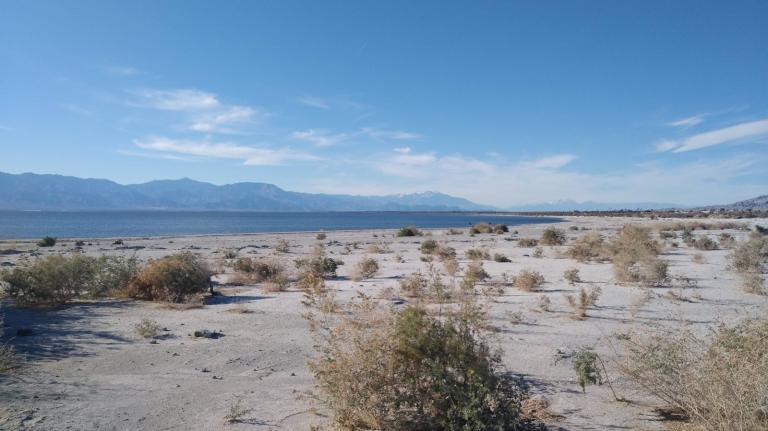This story is part of the Grist series Parched, an in-depth look at how climate change-fueled drought is reshaping communities, economies, and ecosystems.
Summer has remained mostly the same for a millennium or more. Around the year 900, Old English speakers were already using the word sumor for the warmer months. Some say the word summer is probably close to the version heard 4,000 years ago, when people spoke the prehistoric Indo-European language believed to be the ancestor to many languages spoken across Europe and India today.
But summer isn’t what it used to be. The season is getting so hot that it might be time for a new name: “danger season.”
The phrase, part of a new campaign by the Union of Concerned Scientists, refers to the period from May to October marked by a drumbeat of disasters in the United States. During these months, people across the country still splash in pools and head to the beach but, increasingly, they also suffer through heat waves, flee from wildfires, breathe smoky air, and board up homes as hurricanes approach.
This summer is predicted to be another menacing one, with forecasts showing hectic hurricanes and above-normal wildfire activity. In a prelude, a heat wave scorched the Southwest over the weekend, breaking records in more than a dozen cities. Temperatures hit 100 degrees F in Denver and reached a blistering 114 degrees at the Phoenix airport.
“Climate change has pushed a lot of these types of events into a new realm that is much more dangerous,” said Kristy Dahl, a climate scientist at the Union of Concerned Scientists. “So as we were thinking about this season, and how we’re going to respond to it, the phrase ‘danger season’ seemed appropriate.”
Consider, for example, that heat kills more people in the U.S. each year, on average, than any other kind of extreme weather, often in predictable ways. Every summer, older adults die in their homes without access to air conditioning, and young athletes die from heatstroke while practicing in searing temperatures. “These sorts of deaths are preventable,” Dahl said. She hopes the framing of “danger season” can better help people grasp summer threats, “because if you understand it, you can start to do something about it.”
That’s not to say Dahl wants to replace the word “summer” or take away your ice cream cones or days at the beach. “You know, we struggled a little bit with feeling like we’re taking away the joy of summer,” she said. It’s possible that a cultural affection for hot weather might make people overlook the season’s dangers — but for some, that sunny attitude is already changing. Where Dahl lives in California, as in much of the western U.S, summer means fires and smoke, and comes with an annual sense of dread. “It feels very different from how I approached the start of summer from when I was younger, which was, ‘It’s warm, let’s have barbecues!’”
The new foreboding name for summer was coined by Erika Spanger-Siegfried, an analyst at the Union of Concerned Scientists. The organization introduced the phrase in a pair of blog posts and on social media last week, and the team plans to keep using the expression as warm-season disasters descend. All 50 states are expected to experience unusually high temperatures this summer, and with extended drought across much of the West, these threats could strain the electric grid and lead to blackouts.
Of course, danger season comes at a different time depending where you live: In the southern hemisphere, summer runs from December to February, when the Australian bushfires can get out of control. No matter where you are, though, warm-weather disasters are creeping into the late spring and early fall, said Rachel Cleetus, a policy director at the Union of Concerned Scientists. Schools without air conditioning are closing for “heat days” more and more often, as they did in Philadelphia in late May, when classroom temperatures topped 100 degrees F.
Plenty of climate threats lurk outside danger season, too. Consider the devastating floods that hit Washington state and British Columbia in November, sending mudslides over highways and forcing thousands to evacuate. What makes summer particularly threatening is the ways that disasters can collide and compound one another. In the Gulf of Mexico, for instance, major hurricanes have knocked out power and water services just as summer heat waves set in. “You suddenly have people who are trying to rebuild their lives, who are doing so in dangerously hot conditions without any access to cooling, to water,” Dahl explained. As extreme heat becomes more frequent and storms get stronger, “it becomes more and more likely that you’re going to get the coincidence of a heat wave and a major hurricane.”

Part of the thinking behind using the phrase “danger season” is to make it harder for people to sugar-coat the climate crisis. “I just want to say straight-up, frankly, 10, 15 years ago, when we would talk about these things, we didn’t want to scare people,” Cleetus said. “We wanted people to understand the science and really be invited into understanding the implications. And now we’re scared, we’re terrified, for what we have already unleashed on the world.”
Edward Maibach, the director of George Mason’s Center for Climate Change Communication, said that “danger season” struck him as a useful framing to help people realize they need to prepare for recurring disasters instead of reacting to them. “Knowing that danger seasons are getting longer will, hopefully, help people, businesses, and governments recognize the need to take actions now to protect the things they value and depend on,” Maibach wrote in an email to Grist.
Dahl called for a “national resilience strategy” that would coordinate efforts to help communities weather disasters and put policies in place to protect people. That means building codes in the West that require buffer space around homes to reduce fire danger, and national heat protection and smoke protection standards for outdoor workers. “There’s a lot that can be done locally,” she said, “but we also need to be thinking at a much bigger scale.”




